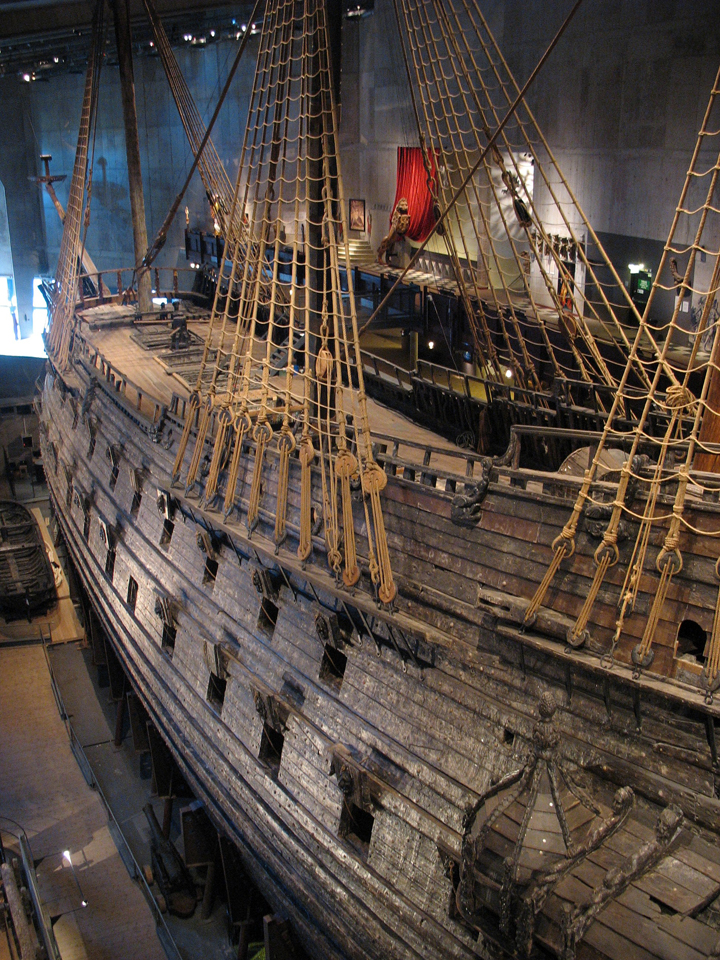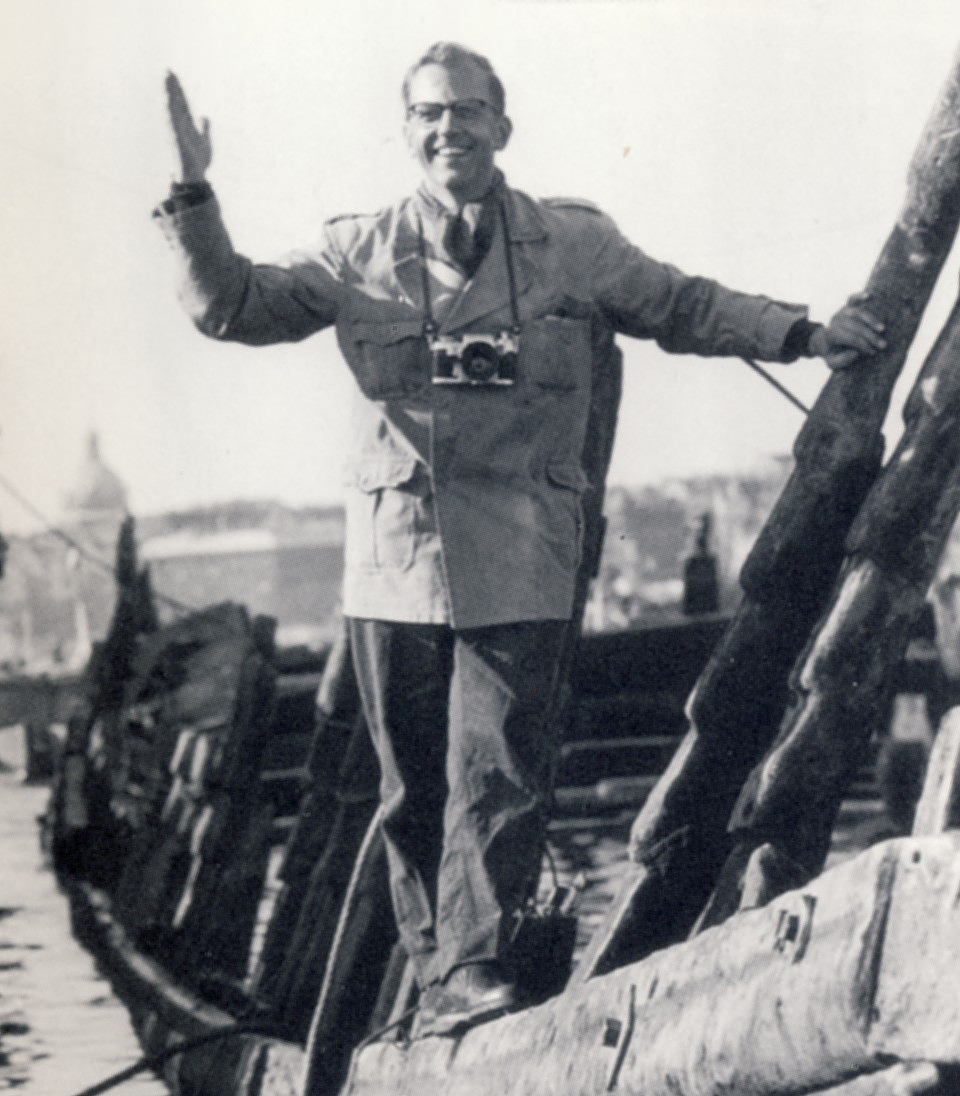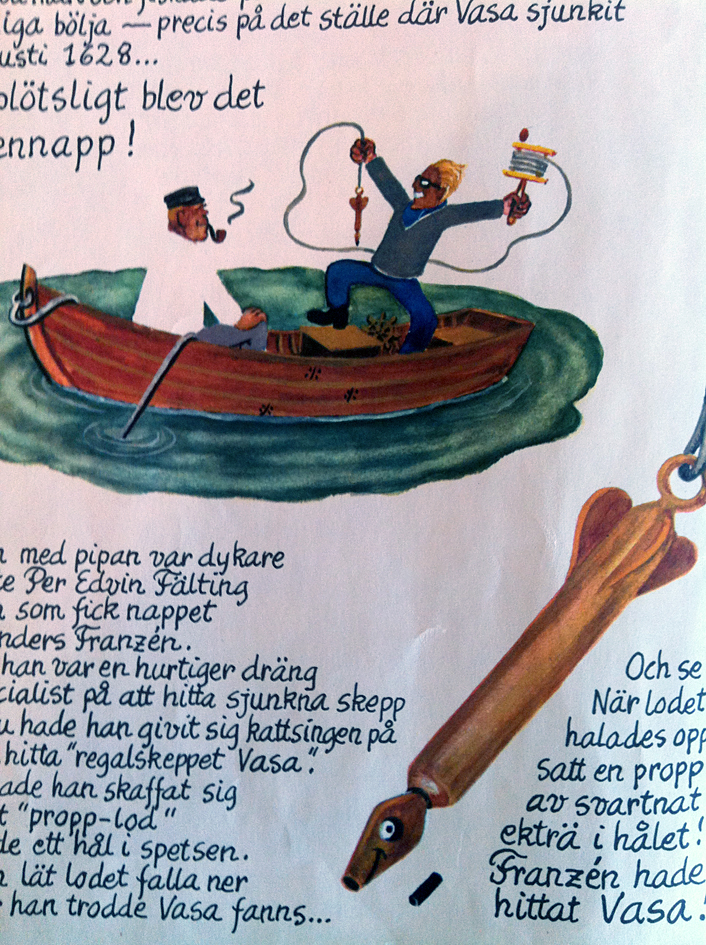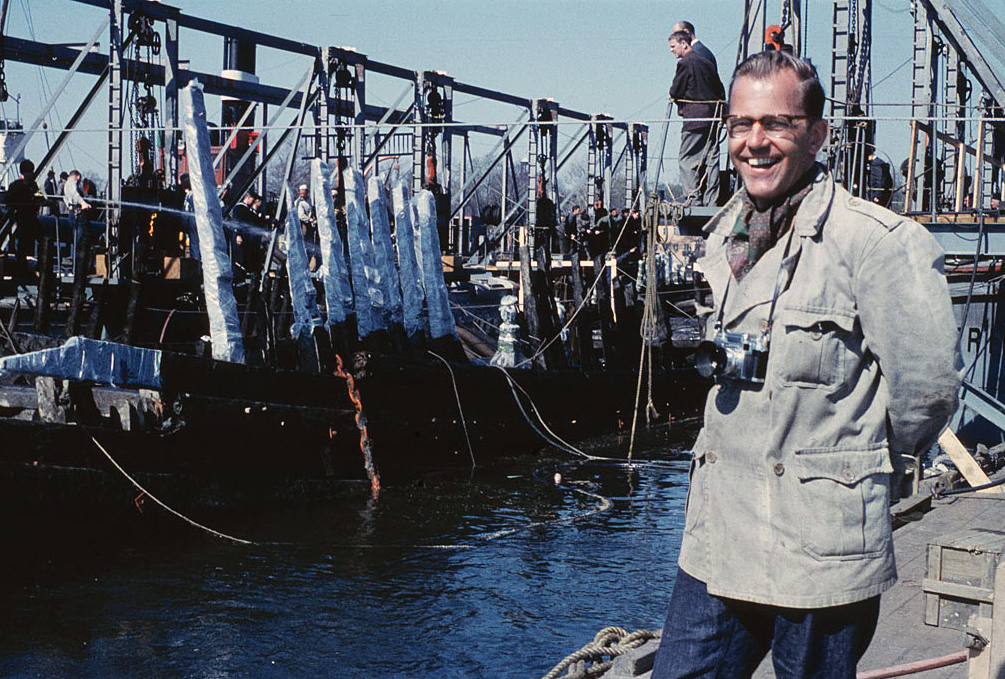In Swedish History
On August 25, 1956: Swedish marine technician and amateur naval archaeologist Anders Franzen (1918-1993) discovers the warship Vasa, built 1626-1628.
-
 The Vasa Museum was named one of the world's best museums and Stockholm’s most popular tourist attraction by its visitors. The ship has been seen by over 20 million visitors since 1990. Photo: Peter Isotalo
The Vasa Museum was named one of the world's best museums and Stockholm’s most popular tourist attraction by its visitors. The ship has been seen by over 20 million visitors since 1990. Photo: Peter Isotalo -
-
August 25 in Swedish History
1956: Swedish marine technician and amateur naval archaeologist Anders Franzén (1918-1993) discovers the warship Vasa, built 1626-1628. Vasa sank during her maiden voyage on August 10 in 1628. Franzén had spent a lot of his time studying old ships, and around the year 1950, he had compiled a list over a dozen ships, all of which he felt were interesting enough to investigate further. -
 Anders Franzén, the man who discovered the Vasa ship on August 25 in 1956. Here photographed after the ship was salvaged, five years later, in 1961.
Anders Franzén, the man who discovered the Vasa ship on August 25 in 1956. Here photographed after the ship was salvaged, five years later, in 1961. -
-
From 1954 on, he focused on Vasa, within Stockholm’s harbor. The information he had was somewhat misleading though, but Franzén constructed a “propped,” a sort of coring probe, with which he located a large wooden object almost parallel to the mouth of the dock on Beckholmen.
-
 Franzén was an amateur naval archaeologist when he discovered Vasa, a ship that had sunk in 1628. Here is a picture of Franzén along with Per Edvin Fälting (the man with the pipe) in a children’s book about Vasa by Bertil Almqvist called “Sagan om Vasa.”
Franzén was an amateur naval archaeologist when he discovered Vasa, a ship that had sunk in 1628. Here is a picture of Franzén along with Per Edvin Fälting (the man with the pipe) in a children’s book about Vasa by Bertil Almqvist called “Sagan om Vasa.” -
The location of the ship received considerable attention, even if the identification of the ship could not be determined without closer investigation. Soon after the announcement of the find, plans were made to determine how to excavate and raise Vasa. The Swedish Navy was involved from the start, as were various museums and the National Heritage board, representatives of which eventually formed the Vasa Committee, the predecessor of the Vasa Board.
-
 Anders Franzén, the man who discovered the Vasa ship on August 25 in 1956. Here photographed after the ship was salvaged, five years later, in 1961. Photo: Wikimedia Commons/Vasamuseet.
Anders Franzén, the man who discovered the Vasa ship on August 25 in 1956. Here photographed after the ship was salvaged, five years later, in 1961. Photo: Wikimedia Commons/Vasamuseet. -
A different yet truthful depiction of the story of the Vasa disaster: The Proudest Ship ... of the most powerful country in the north ...
-
Over 330 years after it sank (in 1628) Vasa once again reached the surface again, on April 24, 1961. Then Nordstjernan editor, Gerhard T. Rooth was there to cover the event with reporters and photographers from the entire world: Nordstjernan of April 27, 1961 - Vasa surfaces
-
More information on the Vasamuseet: Vasamuseet, Stockholm
-
-
-
